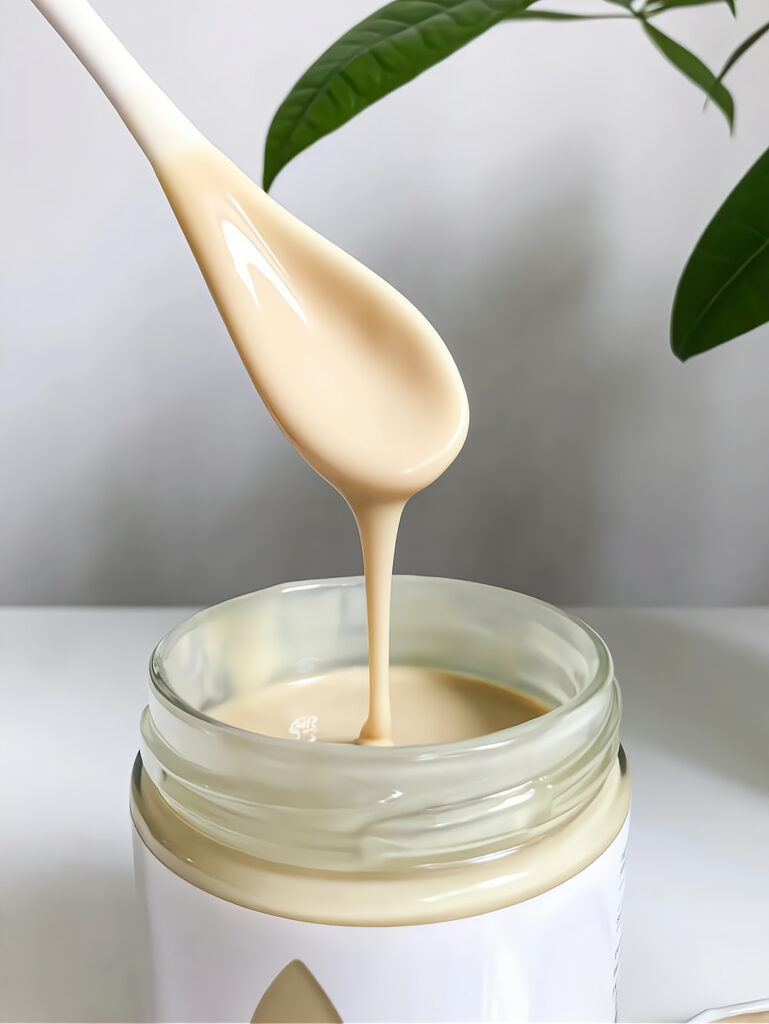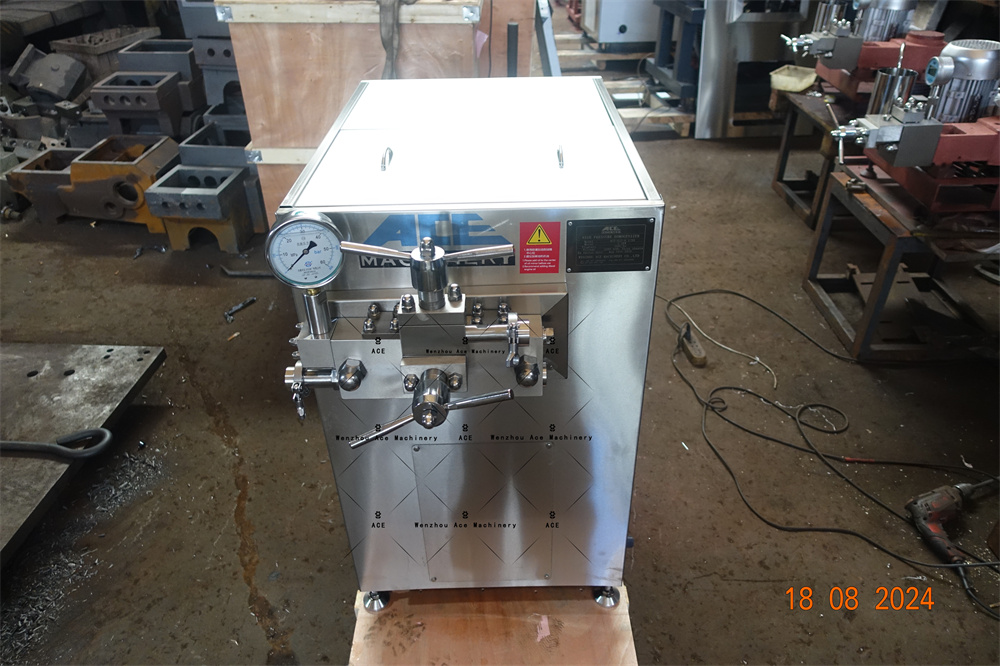Have you considered making almond milk at home? It’s easier than you might think and will provide fresher, healthier and more affordable versions than store-bought versions.
This guide will demonstrate how to make almond milk using a juicer, from soaking almonds to straining the milk. We’ll guide you step by step from start to finish!
Learn to naturally flavor almond milk with some tips from us about how best to store and preserve its freshness.
Are you ready to try making homemade almond milk? Let’s begin.

Why Homemade Almond Milk?
Making almond milk from scratch at home offers several advantages. First and foremost is health benefits; moreover, homemade versions contain less additives.
Store-bought almond milk can contain additives and preservatives such as thickeners such as Cartagena that may cause digestive issues; homemade versions, however, don’t contain such added materials.
Homemade almond milk can also be more cost-effective. While almonds may seem pricey, a cup can produce up to four cups of homemade milk at a much more reasonable cost than store-bought alternatives.
Making almond milk at home is better for the environment in multiple ways, from cutting back on demand for packaged products and the waste generated, to using up the leftover pulp in various ways – further cutting back on waste!
Homemade almond milk is healthier, cheaper, and more environmentally-friendly than store-bought versions – not to mention easy to make! Let me show you how.
Before beginning the process of making almond milk at home, let’s assemble all the necessary tools and ingredients. Homemaking involves some basic kitchen equipment as well as two key ingredients – essential elements to success!

Equipment List
Here’s the equipment you’ll need:
- A good-quality juicer
- A large bowl
- A strainer or nut milk bag
- Storage containers
A high-quality juicer is key to getting the most out of your almonds. A strainer or nut milk bag is necessary for achieving a smooth texture. And of course, you’ll need containers for storing your homemade almond milk.
Ingredients
As for the ingredients, you’ll need:
- Raw almonds
- Water
That’s it! The beauty of homemade almond milk lies in its simplicity. Just two ingredients, yet the result is a delicious, nutritious beverage. We’ll discuss optional add-ins like sweeteners and flavorings later on.
Preparing Your Almonds
The first step in making homemade almond milk is preparing the almonds. This involves soaking them, which is crucial for a couple of reasons.
Firstly, soaking almonds activates enzymes that improve digestibility. This means your body can absorb more of the nutrients in the almonds. Secondly, soaking softens the almonds, making them easier to juice.
Soaking Almonds: The First Step
To soak your almonds, simply place them in a large bowl and cover with water. The almonds will expand as they soak, so make sure to use plenty of water.
Leave the almonds to soak overnight, or for at least 8 hours. After soaking, drain and rinse the almonds. They’re now ready to be turned into delicious homemade almond milk.
How to Make Almond Milk in a Juicer
Now that your almonds are prepared, it’s time to make almond milk. The process is simple and quick, especially if you’re using a juicer.
Start by adding your soaked and rinsed almonds to the juicer. For every cup of almonds, add 2-3 cups of water. This ratio will give you a creamy and rich almond milk.
Next, turn on your juicer and let it do the work. The juicer will separate the almond pulp from the milk.
Step-by-Step Instructions
Here’s a detailed step-by-step guide on how to make almond milk in a juicer:
- Add 1 cup of soaked and rinsed almonds to the juicer.
- Pour in 2–3 cups of water.
- Turn on the juicer and let it run until all the almonds are processed.
- Once the juicer has processed all the almonds, you’ll be left with a jug of fresh, homemade almond milk and some almond pulp.
- Don’t discard the pulp! We’ll discuss how you can use it later in this article.
And there you have it! You’ve just made your own homemade almond milk. It’s that simple.
Flavoring Your Almond Milk
Now that you have your basic almond milk, you might want to add some flavor. While almond milk is delicious on its own, a little sweetener or flavor can make it even better.
Natural Sweeteners and Flavor Add-ins
Consider adding a touch of natural sweetener like honey, maple syrup, or dates. These can be blended into the milk after it’s been strained.
For a flavor twist, try adding a splash of vanilla extract or a pinch of cinnamon. These add-ins can transform your homemade almond milk into a delightful treat.
Straining for Smoothness
After juicing, your almond milk might still contain some fine almond particles. To achieve a smoother texture, you’ll need to strain your milk.
How to Strain Your Almond Milk
Pour the almond milk slowly through a nut milk bag or a fine-mesh strainer. This will catch any remaining almond pulp.
Ensure you squeeze out as much liquid as possible. The smoother your milk, the more enjoyable it will be to drink.
Storing Your Almond Milk
Now that you’ve made your almond milk, it’s time to store it properly. Homemade almond milk doesn’t contain preservatives, so it needs to be refrigerated.
Shelf Life and Storage Tips
Typically, homemade almond milk lasts for 3–5 days in the fridge. Always remember to shake it well before use as it tends to separate.
For easy access, store your almond milk in a clear glass bottle. Don’t forget to label and date it to keep track of freshness.
Using Leftover Almond Pulp
After making almond milk, you’ll be left with almond pulp.
Creative Ideas for Almond Pulp
You can use almond pulp in baking. Alternatively, you can dry it out and use it as almond flour.
Another fun idea is to use it as a natural facial scrub. It’s gentle on the skin and full of nutrients.
FAQs About Homemade Almond Milk
Making homemade almond milk can raise a few questions, especially if you’re new to the process.
Common Questions Answered
Can I freeze homemade almond milk? Yes, you can. However, the texture might change slightly upon thawing. It’s best used in smoothies or cooking after freezing.
How can I make almond milk without a juicer? You can use a blender instead. The process is similar, but you’ll need to strain the milk through a nut milk bag or cheesecloth to remove the pulp.
Why is my almond milk separating? Separation is natural in homemade almond milk, since it lacks the stabilizers found in store-bought versions. Just give it a good shake before using.
Make Almond Milk Video
Encouraging Experimentation and Sharing
Remember, the beauty of making your own almond milk is the freedom to experiment. Try different ratios of almonds to water, or add your favorite sweeteners and flavors.






